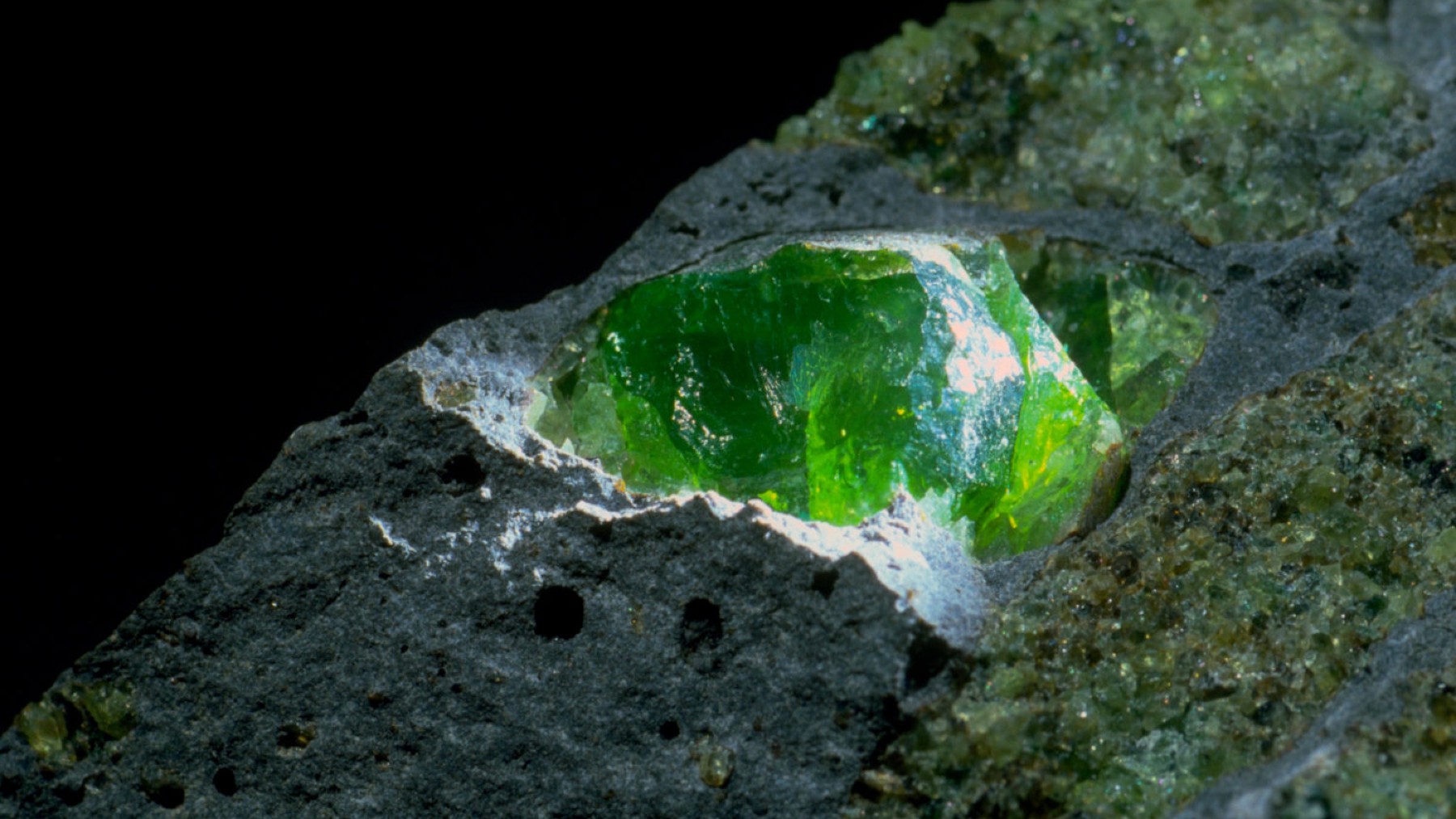Since the beginning of the energy transition experienced worldwide and the important discovery of the many benefits that hydrogen can offer when used as a fuel, a large number of countries are trying to obtain this promising energy of the future through large-scale projects. This is what Japan recently did by investing in a supply chain of liquid hydrogen.
Hydrogen is presented as a promising solution for major emissions
Well, it is extremely important that we do not forget that hydrogen is one of the elements most in demand in the energy sector lately. This is because it is an element that can be found in nature, especially underground, in large reservoirs that can be found. are extracted.
In addition, it is important to reiterate that hydrogen has an extensive list of benefits that can be achieved when used as a fuel, this is attributed to the by-product that is created after burning hydrogen, as only water vapor is obtained. free from polluting gases that are harmful to the environment.

As promising as it may sound, these types of projects cannot be implemented in all countries because the large hydrogen reservoirs are located in specific areas. That is why various companies have started to produce green hydrogen themselves or even invest in different ways to obtain hydrogen and market it on a large scale.
Japan surprises again with its innovative energy project
J-POWER and Sumitomo Corporation They joined forces and created a project aimed at producing clean hydrogen through the extraction of coal, the same that is available in the Latrobe Valley. The project would focus on carbon capture, use and storage.

This project will be carried out in Australia where Japan has invested approximately 2.35 billion Australian dollars going to the project of the Hydrogen Energy Supply Chain (HESC). In this way, Japan, which has demonstrated a strong commitment to developing hydrogen technologies, sees this project as a cornerstone in its efforts to reduce its dependence on imported fossil fuels.
The hydrogen produced will be exported from Australia to Japan, which will contribute significantly to the decarbonization of both countries. The aim of the companies is that the facilities offer a total of 30,000 tons of clean hydrogen per year. Even at these facilities, the hydrogen will be liquefied and sent from the Port of Hastings, in Victoria, to the Port of Kawasaki in Japan.
Liquid hydrogen promises great results in Australia
Australia is currently one of the countries with one of the most promising energy portfolios in recent times, this is because it has more than 100 projects focused on hydrogen generation. They would be valued at an amount in excess of 230 billion Australian dollars. We would be talking about 40% of all clean hydrogen projects announced worldwide.
In this way, Japan would become increasingly involved in the production and commercialization of liquid hydrogen, a truly useful step, especially if this is done hand in hand with Australia, one of the countries most committed to projects focused on liquid hydrogen.
These types of projects are of great importance in light of the energy crisis experienced around the world. In this way, the countries mentioned above try to set an example for other countries and offer a more environmentally friendly position.

